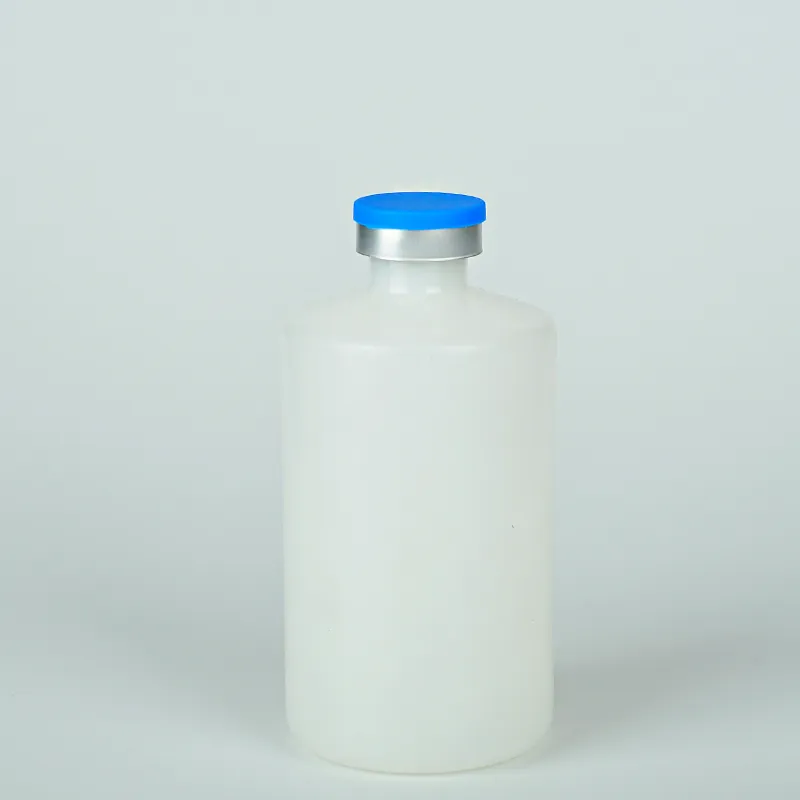
-
 Afrikaans
Afrikaans -
 Albanian
Albanian -
 Amharic
Amharic -
 Arabic
Arabic -
 Armenian
Armenian -
 Azerbaijani
Azerbaijani -
 Basque
Basque -
 Belarusian
Belarusian -
 Bengali
Bengali -
 Bosnian
Bosnian -
 Bulgarian
Bulgarian -
 Catalan
Catalan -
 Cebuano
Cebuano -
 Corsican
Corsican -
 Croatian
Croatian -
 Czech
Czech -
 Danish
Danish -
 Dutch
Dutch -
 English
English -
 Esperanto
Esperanto -
 Estonian
Estonian -
 Finnish
Finnish -
 French
French -
 Frisian
Frisian -
 Galician
Galician -
 Georgian
Georgian -
 German
German -
 Greek
Greek -
 Gujarati
Gujarati -
 Haitian Creole
Haitian Creole -
 hausa
hausa -
 hawaiian
hawaiian -
 Hebrew
Hebrew -
 Hindi
Hindi -
 Miao
Miao -
 Hungarian
Hungarian -
 Icelandic
Icelandic -
 igbo
igbo -
 Indonesian
Indonesian -
 irish
irish -
 Italian
Italian -
 Japanese
Japanese -
 Javanese
Javanese -
 Kannada
Kannada -
 kazakh
kazakh -
 Khmer
Khmer -
 Rwandese
Rwandese -
 Korean
Korean -
 Kurdish
Kurdish -
 Kyrgyz
Kyrgyz -
 Lao
Lao -
 Latin
Latin -
 Latvian
Latvian -
 Lithuanian
Lithuanian -
 Luxembourgish
Luxembourgish -
 Macedonian
Macedonian -
 Malgashi
Malgashi -
 Malay
Malay -
 Malayalam
Malayalam -
 Maltese
Maltese -
 Maori
Maori -
 Marathi
Marathi -
 Mongolian
Mongolian -
 Myanmar
Myanmar -
 Nepali
Nepali -
 Norwegian
Norwegian -
 Norwegian
Norwegian -
 Occitan
Occitan -
 Pashto
Pashto -
 Persian
Persian -
 Polish
Polish -
 Portuguese
Portuguese -
 Punjabi
Punjabi -
 Romanian
Romanian -
 Russian
Russian -
 Samoan
Samoan -
 Scottish Gaelic
Scottish Gaelic -
 Serbian
Serbian -
 Sesotho
Sesotho -
 Shona
Shona -
 Sindhi
Sindhi -
 Sinhala
Sinhala -
 Slovak
Slovak -
 Slovenian
Slovenian -
 Somali
Somali -
 Spanish
Spanish -
 Sundanese
Sundanese -
 Swahili
Swahili -
 Swedish
Swedish -
 Tagalog
Tagalog -
 Tajik
Tajik -
 Tamil
Tamil -
 Tatar
Tatar -
 Telugu
Telugu -
 Thai
Thai -
 Turkish
Turkish -
 Turkmen
Turkmen -
 Ukrainian
Ukrainian -
 Urdu
Urdu -
 Uighur
Uighur -
 Uzbek
Uzbek -
 Vietnamese
Vietnamese -
 Welsh
Welsh -
 Bantu
Bantu -
 Yiddish
Yiddish -
 Yoruba
Yoruba -
 Zulu
Zulu
Exploring Various Types and Uses of Medicine Bottles for Health Care Applications
The Evolution and Types of Medicine Bottles
Medicine bottles have played a pivotal role in the history of healthcare, serving as vital containers for pharmaceuticals and remedies throughout the ages. The design, material, and functionality of these bottles have evolved significantly, reflecting advancements in medicine and changes in societal needs. This article explores the various types of medicine bottles, their historical significance, and their current forms.
Traditionally, medicine bottles were made from materials such as clay, glass, and metal. Clay jars, for instance, date back to ancient civilizations where healers stored herbs and potions. These early containers were often sealed with natural materials, such as cloth or animal skins, to preserve the contents. As glass-making techniques advanced, glass became the preferred material for medicine bottles due to its non-reactive properties and aesthetic appeal. The transparency of glass allowed both pharmacists and patients to see the contents clearly, which was crucial for safety and identification.
The Evolution and Types of Medicine Bottles
The late 20th century brought about significant innovations in medicine packaging. Plastic bottles emerged as a lightweight and durable alternative to glass, becoming a staple in both over-the-counter and prescription medications. The use of high-density polyethylene (HDPE) and polyethylene terephthalate (PET) allowed manufacturers to produce squeezable, shatter-resistant bottles, enhancing usability for patients, especially the elderly and children.
types of medicine bottles

In recent years, the focus on safety and convenience has led to the development of child-resistant caps and tamper-evident seals. These advancements are crucial in preventing accidental ingestion by children and ensuring the integrity of medications until they reach consumers. Additionally, the incorporation of labels with braille and large print has improved accessibility for visually impaired patients.
Today, we see a variety of specialized medicine bottles tailored to specific needs. For instance, blister packs are utilized for unit dosing, offering convenience and ensuring patients receive the correct dosage at the right time. Unit dose bottles have also gained popularity in hospital settings, streamlining the medication administration process for healthcare professionals.
Moreover, with the rise of personalized medicine, there has been an increasing trend towards customized packaging solutions, including single-dose vials and pre-measured syringes. Such innovations facilitate tailored treatment plans, reflecting the growing understanding of individual patient needs.
In conclusion, medicine bottles are more than just containers; they are an integral part of the healthcare system, representing the evolution of medical practice and patient care. From ancient clay jars to modern child-resistant plastic bottles, each type of medicine bottle tells a story of innovation and safety. As we continue to advance in medicine, the design and functionality of these bottles will undoubtedly adapt to meet the ever-changing needs of society.
-
PTFE Centrifuge Tubes - Chemical Resistant, Leak-proof, Ideal for Laboratory UseNewsJul.05,2025
-
Premium Metal Dropper Bottle for Precise Dispensing 250ml & 1ml Options AvailableNewsJul.04,2025
-
20 ml Headspace Vials - High Quality Polyethylene & Plastic Vials for Lab UseNewsJul.04,2025
-
Small Bottle with Pipette - Precise Dispensing 100ml Pipette Bottles for Essential Oils & Lab UseNewsJun.24,2025
-
Acetic Anhydride Bottle for Accurate Dropper Measurement in Pharmacy Use High-Quality Dropper BottlesNewsJun.10,2025
-
Innovative PET Bottle Design for Juice – Unique Shapes & Customization OptionsNewsJun.10,2025






















